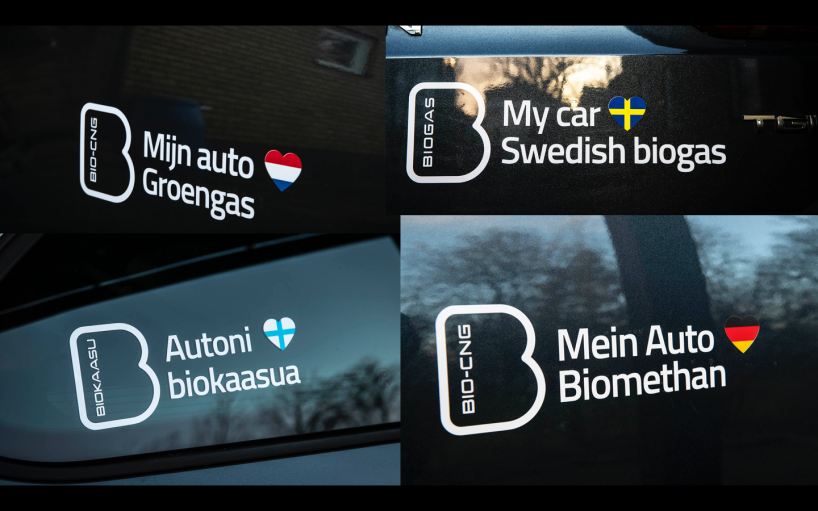European car models and biomethane
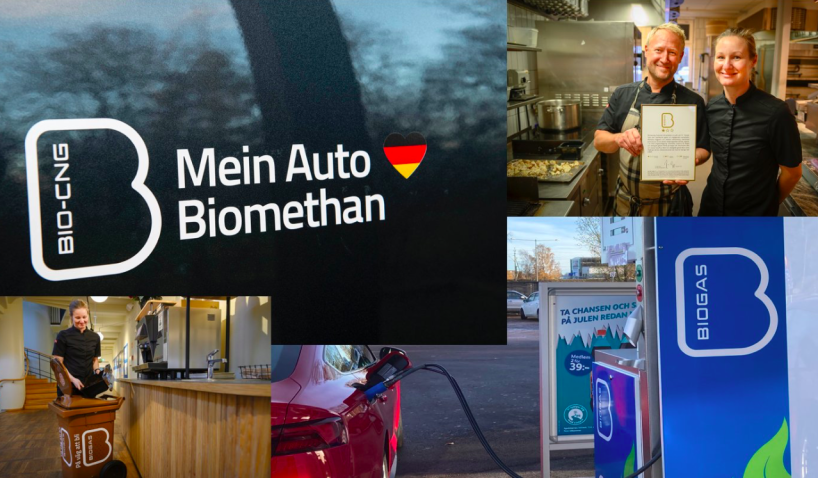
Many factors make biomethane powered cars a perfect complement to electrification of the European car fleet.
1. European manufacturers are world leading in methane powered car technology
Volkswagen, Mercedes, BMW, Skoda, Audi, FIAT and SEAT all have vast experience of producing methane fueled car models. The technology is mature and well proven with over 27 million gas powered vehicles in use in the world. In Europe the Italian fleet of 1 million vehicles is the largest. When it comes to buses and heavy duty trucks European manufacturers like IVECO (Italy), Scania (Sweden), MAN (Germany) and Volvo (Sweden) lead the way. Source: NGVA Global
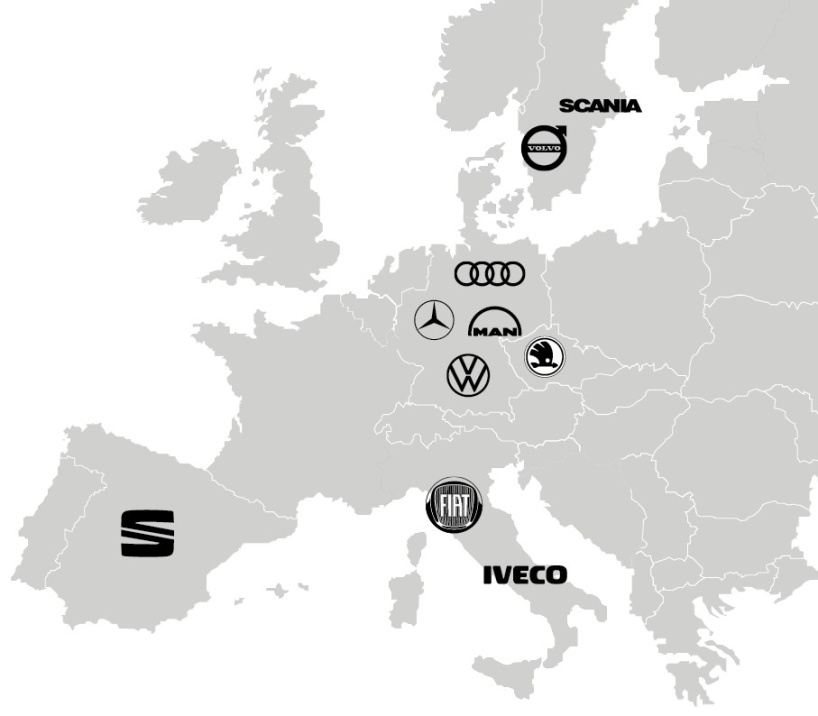
2. Infrastructure for fueling is in place all over Europe. Today, 2023.
There are over 4 000 stations for compressed methane and 400 stations for liquified methane operational in Europe today. Just like the electrical grid, the gas grid, terminals and these fueling stations allow a seamless transition from the fossil natural gas of pre-2022 Europe to Fit for 55 non fossil biomethane in either compressed (CBG) or liquified form (LBG). Map shows average of biomethane content in European countries 2021. Source: NGVA Europe.

3. As green as e-mobility. Or greener.
Fig 1 (below) Ideally, all road transports would be electrified since this is a very energy efficient way to power vehicles. For electric vehicles to be climate friendly, the electricity we charge them with needs to be renewable. In the Netherlands, 81% of electricity is produced from fossil sources. At the same time, Dutch fueling stations for methane powered cars offer 85% renewable methane (= biomethane)
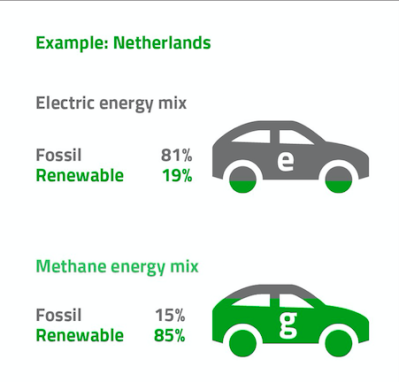
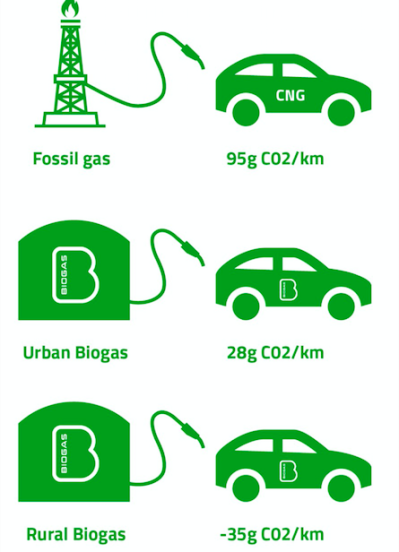
Fig 2. (above in your cell phone, above right on your computer) With the EU introducing compulsory sorting of organic waste in 2024, the potential for producing biomethane from urban waste will increase substantially. Calculations by the Swedish Environment Protection Agency show that on a yearly basis every person produces 50 kg of unavoidable kitchen waste such as coffee grounds, potato peels, frying oil, etc. Based on a population of 68 million and an average driving distance of 15 000 km/year this means a quarter of a million French cars could reduce methane emission by running on biomethane from French urban food waste.
As calculated by the California Air Resources Board and Professor Pål Börjesson of Lund Institute of Technology, the lowest fossil carbon index is the result of methane emissions from manure being prevented by treating this waste in a biogas facility. Using non fossil methane derived from manure in a car where combustion turns it into CO2 gives a carbon index lower than that of an electric vehicle. (see also "Producing biogas"/ Hagelsrums Gård and "Benefits of biogas" /7) Based on Sweden´s 1,5 million cows and the same annual driving distance as in the French example above, processing all cow manure in Sweden would supply biomethane enough to power 750 000 Swedish cars. Fossil free. Biogas technology - the solution provider.
4. Allows greening of the current fleet
Besides being a reliable and proven technology, methane powered cars aren´t more expensive than "normal" petrol or diesel models. Keeping this pathway open allows all European economies to decarbonize their fleets using biomethane regardless of both the national share of renewable electricity or operational charging infrastructure for electrical cars. Based on this, Finland, a country where a complete grid for e-mobility charging infrastructure will be costly to build, has a "Road Map" to decarbonization in which biomethane vehicles are key alongside electrification.
Another unique feature offered by this technology is the possibility to retro-fit petrol cars and diesel trucks equipping them with methane tanks. This way, a large part of the current European vehicle fleet can be converted into non-fossil vehicles overnight at a cost way below common levels of electric car subsidies.
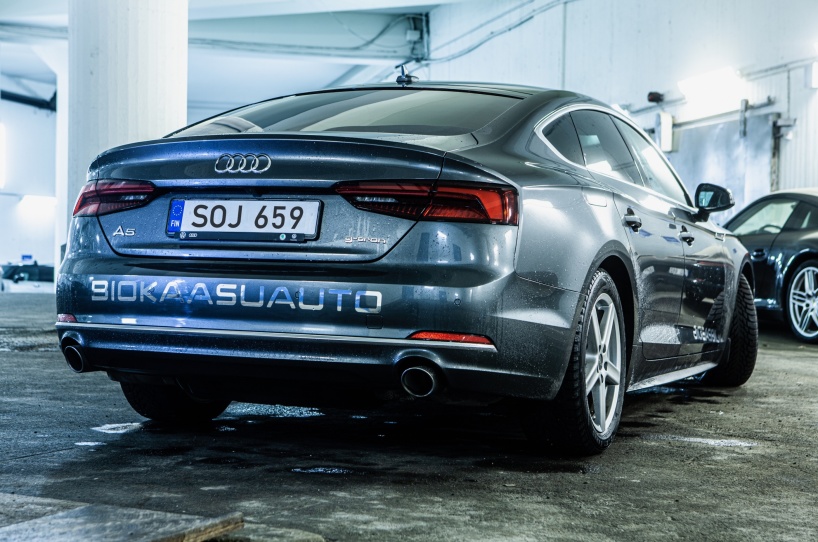
Conclusion: Biomethane powered cars and trucks are ideal as a complimentary pathway alongside electrification of road vehicles in the European Fit for 55 strategy.
(in spite of these facts, European production of methane powered cars has stopped completely (2023))
(in spite of these facts, European production of methane powered cars has stopped completely (2023))
Combined with a swift increase in percentages of bio-methane at fueling stations there are no risks, only advantages to keeping this option available for European countries and regions. Safeguarding last mile deliveries and crucial transports against power shortages and grid insufficiencies and eventually, as electrification proceeds, the biomethane can easily be channeled into other end uses like heavy transports, shipping, heating, green hydrogen or industrial uses..
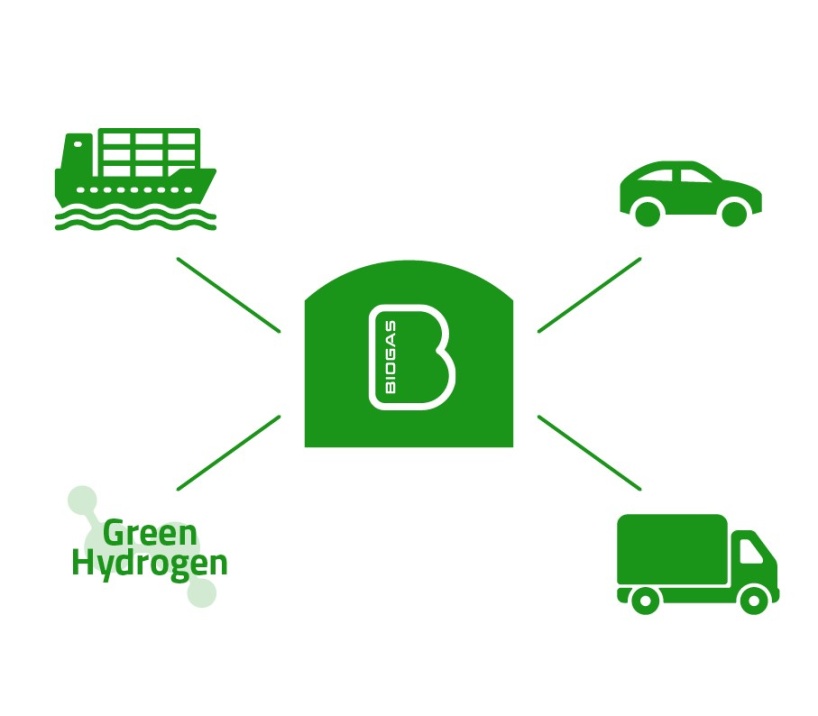
Biogas technology - the Swiss Army Knife of sustainability
